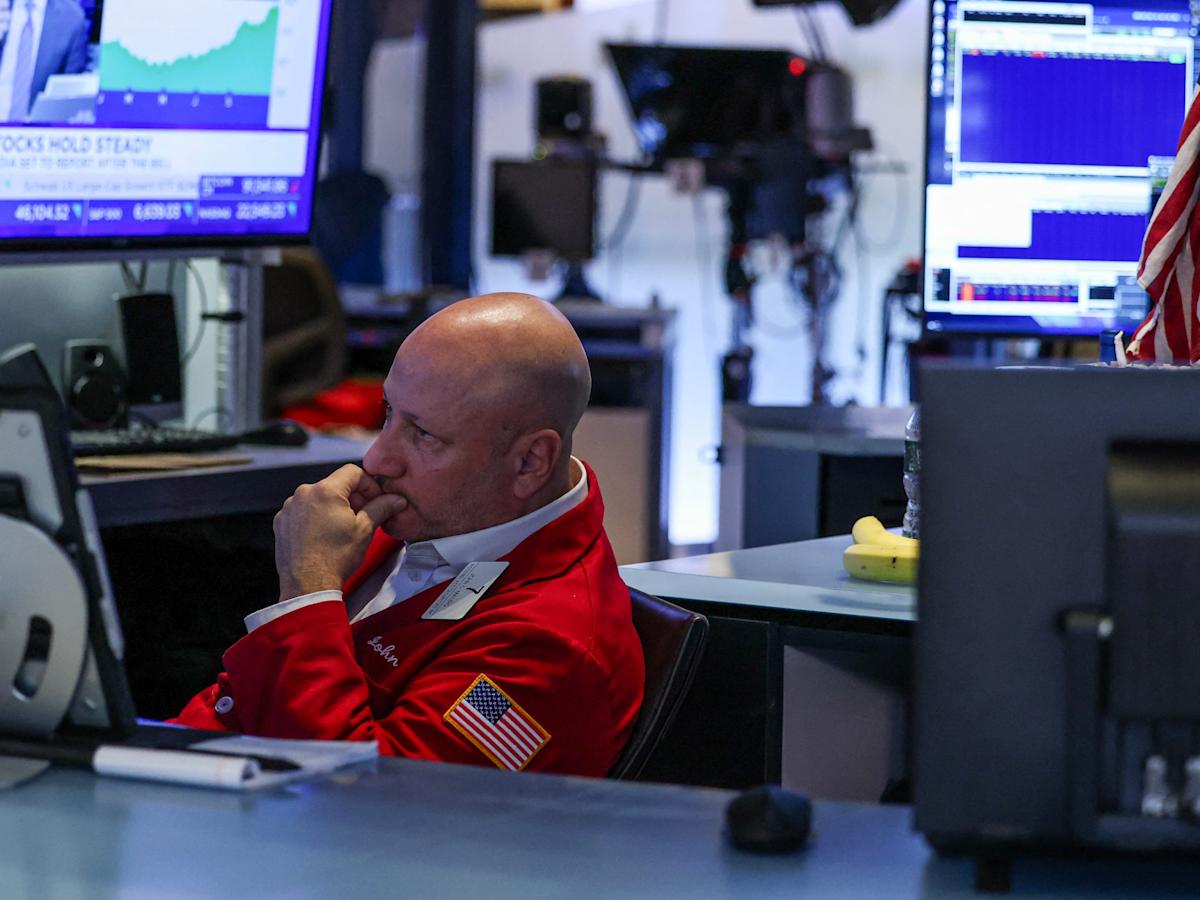The stock market’s new most-hated word is pummeling the AI trade
-
Depreciation fears are among the cocktail of worries weighing on the AI trade.
-
Some AI skeptics warn that faster GPU and chip depreciation could be a drag on tech firms’ balance sheets.
-
Michael Burry, famous for his short of the housing market, is among those sounding the alarm.
Last month, circularity became the word keeping investors up at night, with investors haunted by visions of Big Tech’s complicated web of circular dealmaking creating outsize risk for markets.
Enter a new boogeyman: depreciation.
Fears that expensive GPUs and semiconductor chips that firms are buying up will lose value more quickly than they expect — therefore becoming more of a cost burden and weighing on earnings — are roiling the AI trade. The Nasdaq 100 is down 6.3% over the last few weeks, while the Technology Select Sector SPDR Fund has fallen more than 9%.
Famed short sellers Michael Burry and Jim Chanos have brought depreciation worries to the fore in recent weeks as a key reason they’re skeptical of the AI trade.
“By my estimates they will understate depreciation by $176 billion 2026-2028,” Burry recently wrote on X about the Big Tech hyperscalers, saying he estimates chips will have a two to three year lifecycle, not the roughly six years firms anticipate.
It’s not just big name short-sellers, though, who are nervous about the depreication issue.
“Why are stocks falling? Because if you take the numbers in this chart seriously, the hyperscalers will hold at least $2.5 trillion in AI assets by the end of this decade,” Peter Berezin, the chief global strategist at BCA Research, wrote in a LinkedIn post on Thursday. “Assuming a depreciation rate of 20%, that would generate $500 billion in annual depreciation expense. This is more than their combined profits for 2025.”
Here’s the chart Berezin references:
Kai Wu, founder and Chief Investment Officer of Sparkline Capital, said in a recent report that depreciation values could rise from $150 billion a year to $400 billion in the next half decade.
“While the Magnificent 7 are extremely profitable, their net income will be dragged down over the next few years once depreciation charges from their surging capital expenditures kick in,” Wu wrote.
He continued: “Many analysts believe that the hyperscalers’ 5-6 year useful life assumption for AI data centers is overoptimistic, with 2-3 years more appropriate given Nvidia’s accelerating GPU replacement cycle.”
Adjusted for that faster depreciation timeline, Wu put current AI spending levels in context with the railroad and internet booms.



Leave a Comment
Your email address will not be published. Required fields are marked *